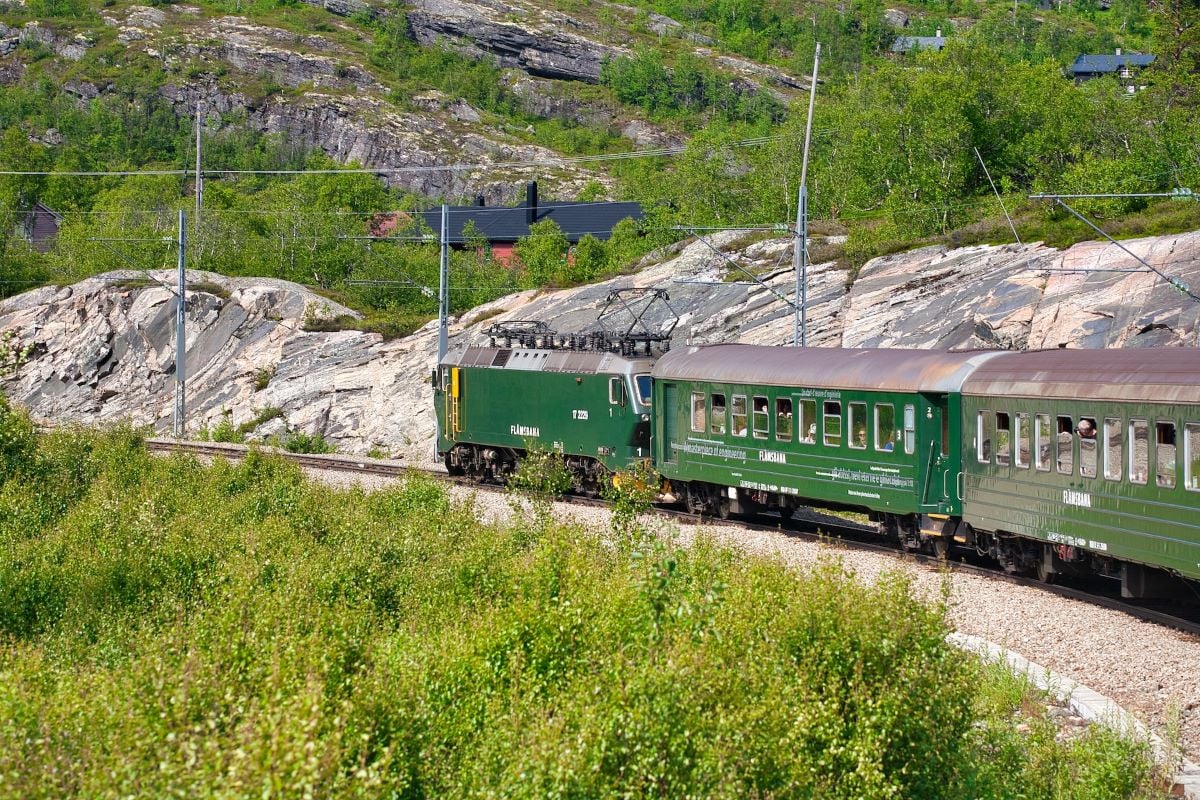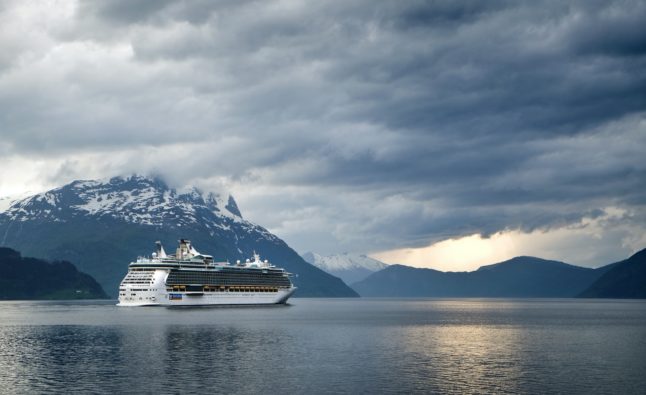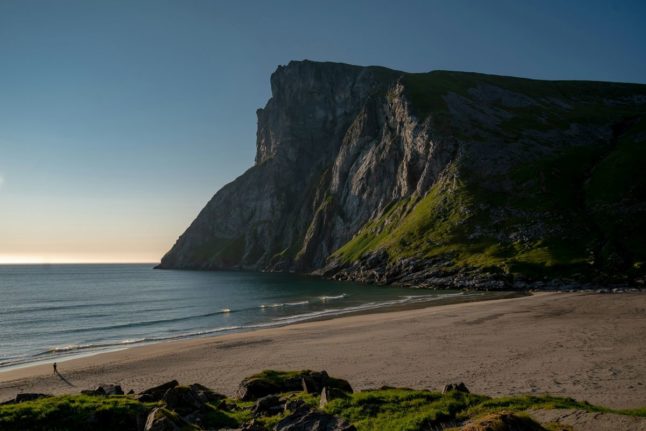Museums
The Munch Museum, which opened in 2021, has been a superb addition to Oslo’s cultural tourism menu, and at 160 kroner for an adult, it’s actually pretty fair value by Norwegian standards. In addition to its many changing exhibitions, the museum is home to copies of the world-famous Edvard Munch painting The Scream.
Another museum home to copies of The Scream is the new National Museum which opened its doors last year. The museum is the largest in the Nordics, and tickets cost 200 kroner for adults.
You can get two for the price of one and purchase a joint ticket for the Fram Polar Exploration Museum and Kon-tiki Museum for 250 kroner. The Vigeland Museum, devoted to the Norwegian sculptor Gustav Vigeland, costs 100 kroner.
Mount Fløyen funicular
The Fløibanen funicular railway that takes you high above Bergen’s UNESCO- world-heritage-listed harbour costs 160 kroner for an adult, 80 kroner for a child, and 400 kroner for a family ticket.
Once you get to the top, there is a shop, café, restaurant and toilets. From the top, you can take in the scenery or follow the numerous footpaths and trails in the area.
Trolltunga and Preikestolen
The stunning cliff Trolltunga above the Ringedalsvatnet lake in Vestland is free to climb. However, you will either need to pay for parking or a shuttle bus. Parking as close as possible to the hike costs 600 kroner per day. Shuttle buses cost around 350 kroner to get to the parking closest to the hike.
Parking at Preikestolen, on the other hand, costs around 250 kroner, provided you make it up and down in good time. The charge is hourly, so longer trips will cost more. A guided hike up to the top, which boasts views of other Lysefjorden, costs around 1,200 kroner.

Fjord cruises from Bergen or Geiringer and the Hurtigruten cruise
A fjord cruise between Geiranger and Hellesylt in the UNESCO-listed Geirangerfjord will set tourists back around 500 kroner each today, while a four-hour cruise up the Osterfjord from Bergen will cost you about 800 kroner.
The cost of taking the Hurtigruten cruise up the Norwegian coast from Bergen to Kirkenes and back is currently 15,225 kroner.
Renting a cabin from the Norwegian Trekking Association (DNT)
There are hundreds of DNT cabins across Norway. For those wishing to experience the best of Norway’s wildlife and nature, staying in one of these cabins or hiking from one to the next in national parks is an excellent way to spend a holiday.
Booking a bed in one of the association’s staffed hostels in the countryside near Oslo can cost close to 1,500 kroner a night for a non-member while booking a bunk in one of the association’s more remote unstaffed cabins is about 450 kroner.
The Bergensbanen and Flåm railways
Crossing the Hardangervidda plateau, Europe’s largest high mountain plateau, on the train between Oslo and Bergen must rank as one of the world’s great train journeys, as well as being the most relaxed way to get between Norway’s two biggest cities.
A one-way ticket currently costs about 1,100 kroner. However, ticket prices are based on supply and demand, meaning cheaper seats are available.
When taking this railway, you can actually stop in Flåm and take the railway there, often dubbed one of the most picturesque in Europe. Tickets for this journey cost around 750 kroner.

A fishing boat trip in the Lofoten Islands
A fishing trip with the company No Problem Sportfishing, based in Svolvær in the Lofoten Islands, is currently 1,000 kroner per person.
There are also providers offering boating and eagle-watching tours in the area too.



 Please whitelist us to continue reading.
Please whitelist us to continue reading.
Member comments